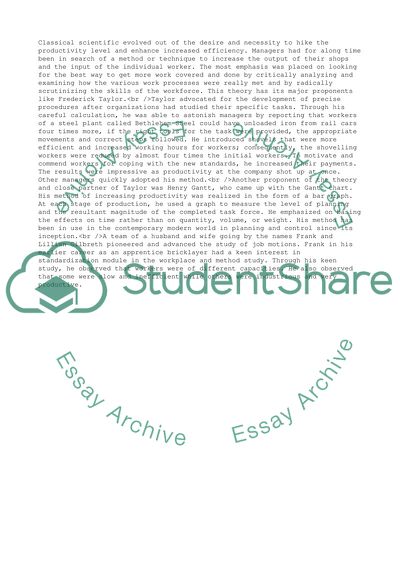Cite this document
(Classical School of Organization and Management Essay, n.d.)
Classical School of Organization and Management Essay. https://studentshare.org/management/1750041-business-organisation
Classical School of Organization and Management Essay. https://studentshare.org/management/1750041-business-organisation
(Classical School of Organization and Management Essay)
Classical School of Organization and Management Essay. https://studentshare.org/management/1750041-business-organisation.
Classical School of Organization and Management Essay. https://studentshare.org/management/1750041-business-organisation.
“Classical School of Organization and Management Essay”. https://studentshare.org/management/1750041-business-organisation.


